Description
| Species | Pholiota microspora |
| Difficulty ℹ️ | 🍄🍄 |
| Spore Coloration | Brown to Yellow-Brown |
| Ecology | Saprotrophic |
| Edibility | Choice |
Pholiota microspora, commonly known as Pholiota nameko or simply nameko is a small, amber-brown mushroom with a slightly gelatinous coating that is used as an ingredient in miso soup and nabemono. In some countries this mushroom is available in kit form and can be grown at home.
It is one of Japan’s most popular cultivated mushrooms, tastes slightly nutty and is often used in stir-fries. They are also sold dried.Nameko is a cold triggered mushroom that typically fruits in the fall months when the temperature drops below 10°C for the first time, and flushes twice a few weeks apart.
The genus Pholiota includes mushrooms, with scaly, glutinous to dry cap surfaces, and that frequently grow on wood or at the bases of trees or on decaying tree roots, and spores that are brown, light brown, or yellowish brown in deposit. These spores are smooth with a germ pore, although the germ pore can be quite narrow in species. Usually the species have pleurocystidia that include a type called chrysocystidia.
There have been several varying concepts of the genus, ranging from a pre-molecular era very broad concept that nowadays would include the genera Phaeolepiota, Phaeonematoloma, Flammula, Meottomyces, some Stropharia species, some Hypholoma species, Hemipholiota, Hemistropharia, some Kuehneromyces and some Phaeomarasmius, etc. Currently the genus is restricted to a smaller but still large group of species that primarily grow on wood, causing a white rot, but other taxa occur on burnt ground following forest fires or camp fires, on peaty or forest soil, but none are known to be mycorrhizal.
Many species have prominent partial veils and form an annulus or annular ring on their stipes. None of the species have purplish or purplish brown spore prints. None form acanthocytes on their mycelia.
Some photos on this page have been sourced from iNaturalist, taken by Atsushi Nakajima, Alan Rockefeller or others. Licensed under CC-BY-SA3.0 or CC0.
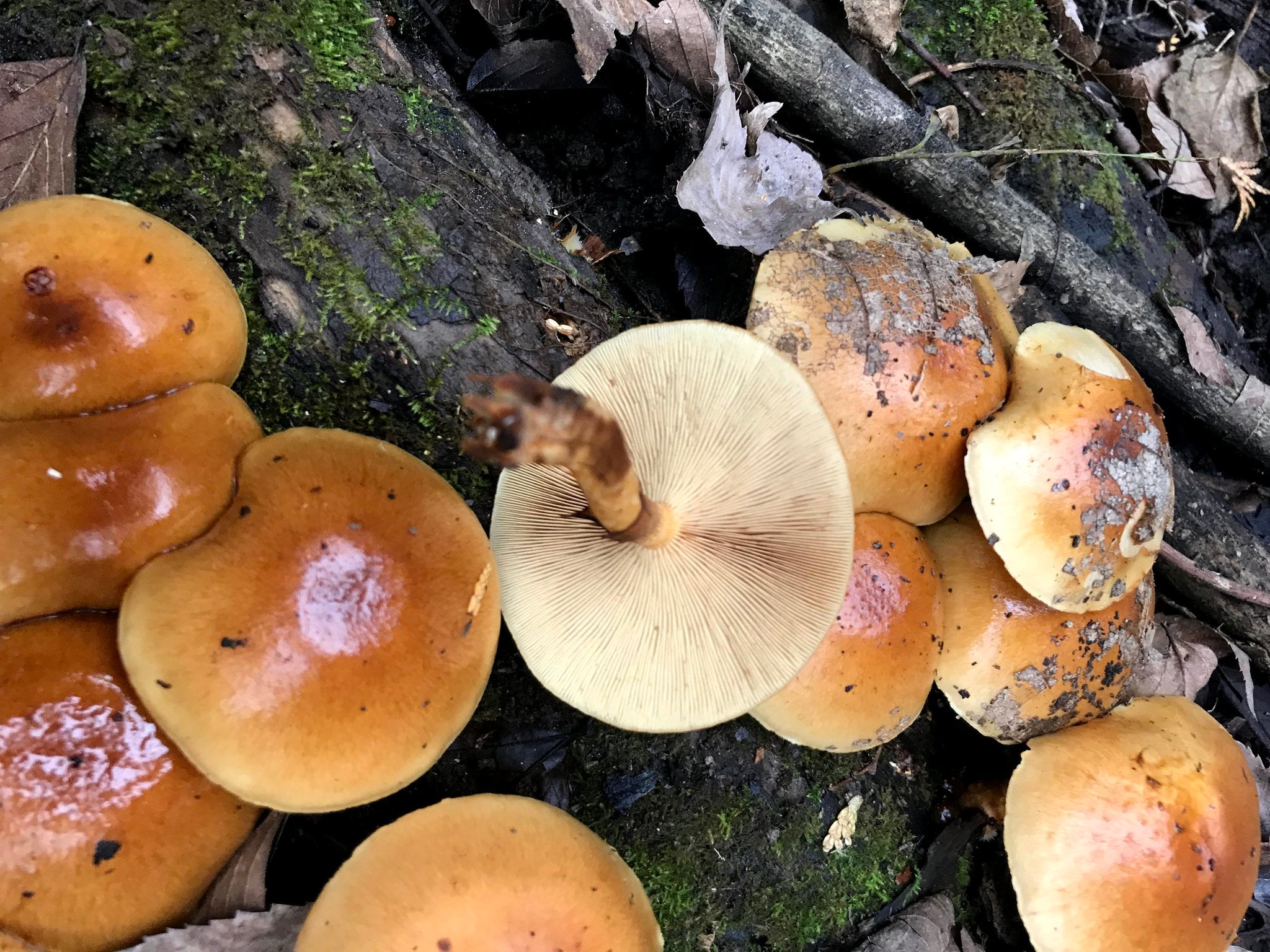
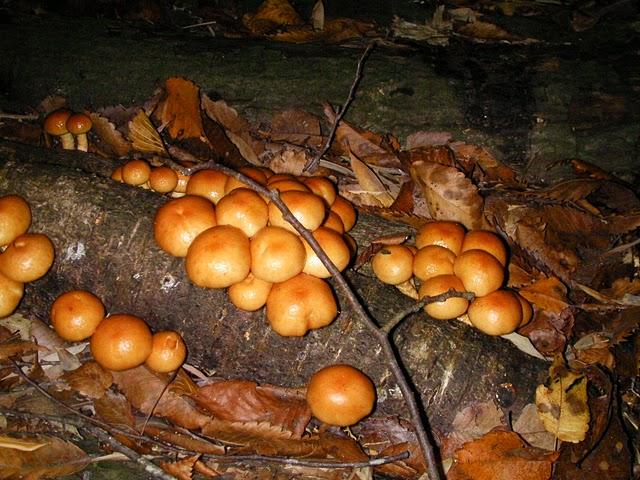
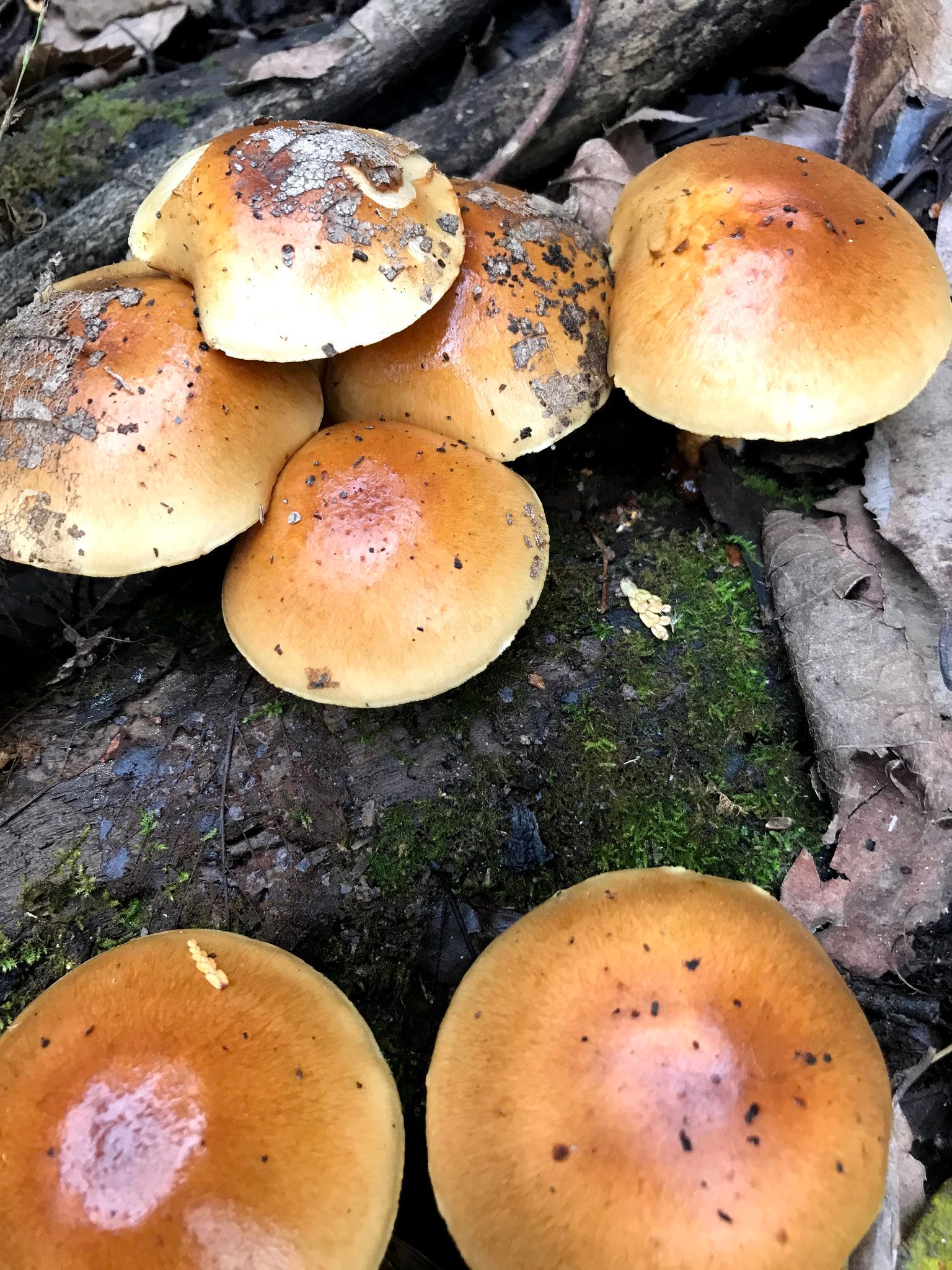
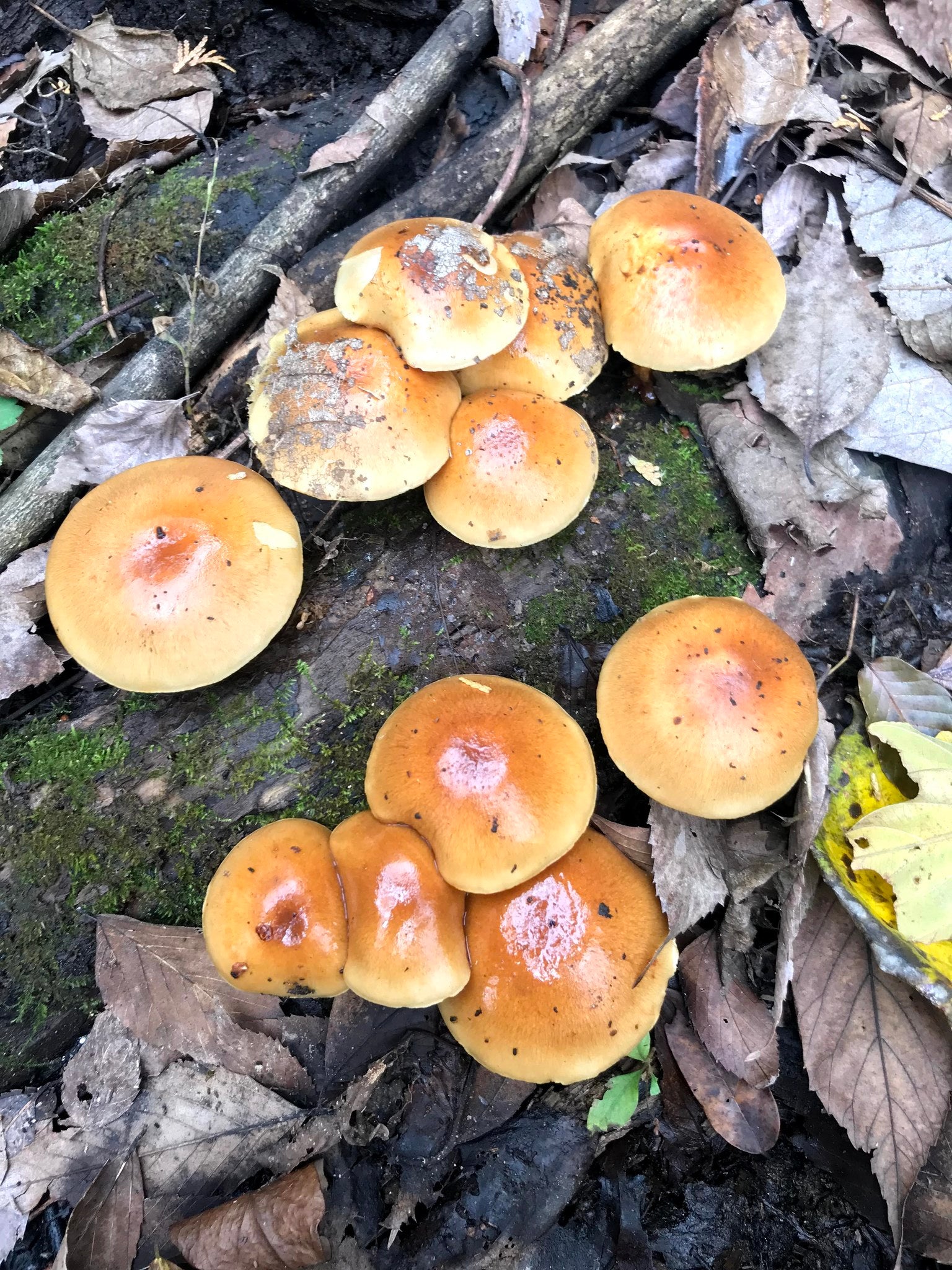
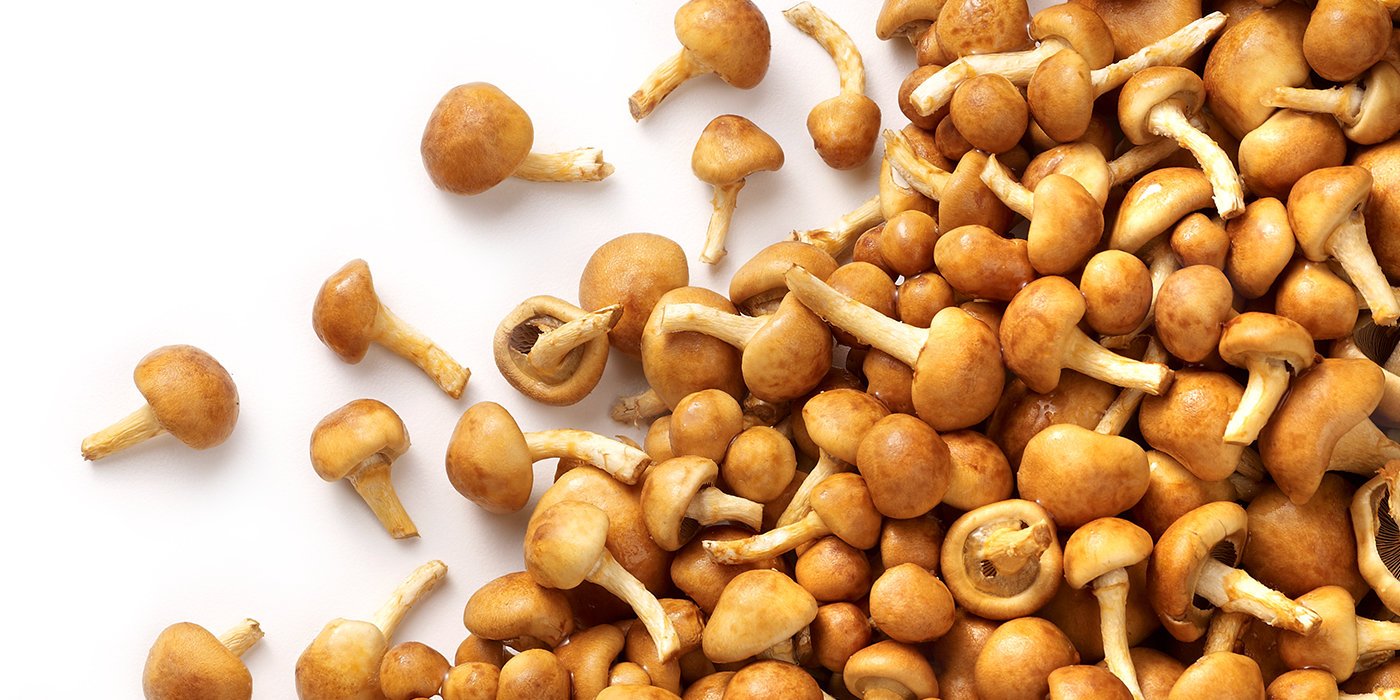
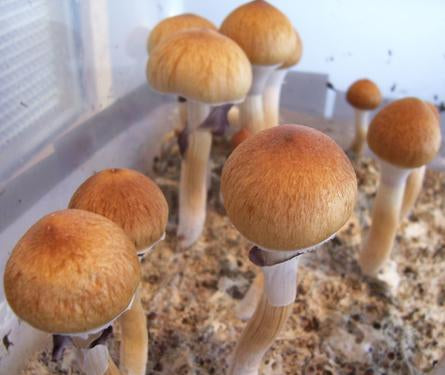

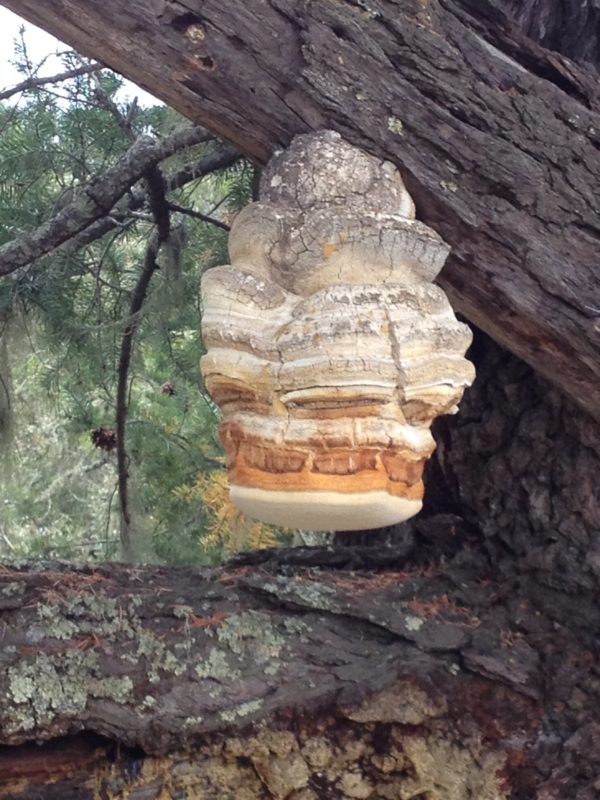
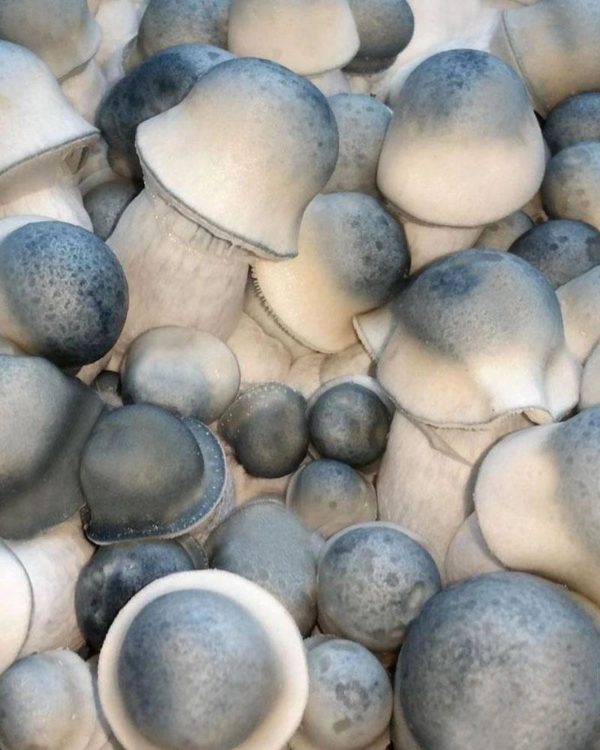
Reviews
There are no reviews yet.